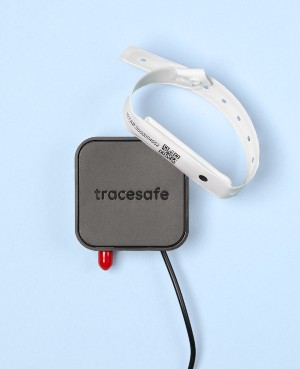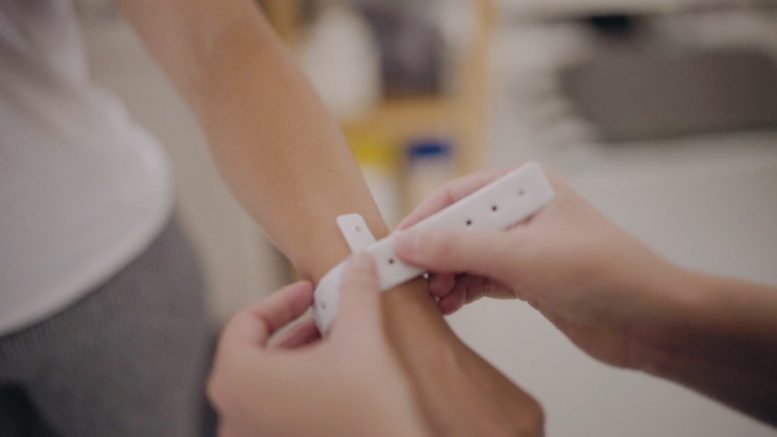Tracesafe Inc. (“TraceSafe”) (CSE: TSF), a provider of wearable safety tech and connected workforce solutions, including large-scale enterprise, venue management and asset tracking, announced the launch of its interconnected workplace automation solutions for hospitals and medical centers.
 TraceSafe’s system monitors arrival and departure of staff, whose pay rates vary according to complex type- and location-based tasks, and records their hours and activity for payroll. Administrators can access the control center for full oversight, get an instant data export, and seamlessly integrate data into existing human resource information systems (HRIS).
TraceSafe’s system monitors arrival and departure of staff, whose pay rates vary according to complex type- and location-based tasks, and records their hours and activity for payroll. Administrators can access the control center for full oversight, get an instant data export, and seamlessly integrate data into existing human resource information systems (HRIS).
TraceSafe has long specialized in creating connected solutions for complex work environments, including medical settings. Following the success of its infant tracking and Patient Path solutions, TraceSafe now offers a connected ecosystem, solving a multitude of problems for both patients and staff. TraceSafe’s newest service for time and attendance is currently in use as part of a POC with a medical center in Ontario, Canada.
“As our platform evolves to offer ever-expanding industry-specific services, we’re focused on innovating our technology to capture and process data that helps drive business decisions in new markets. Our time and attendance pilot program is just another step towards the ‘future of work,'” said TraceSafe CEO Wayne Lloyd. “We’re excited to watch the next phase of TraceSafe’s solutions that make the lives of medical and support staff easier. It’s a no-brainer.”
In 2020, the market for time and attendance systems was valued at 2.1 billion USD, and is expected to reach 3.7 billion USD by the end of 2026, growing at a compound annual growth rate of 8.5% during 2021-2026. Integrating time and attendance software has been proven to reduce errors, save time, and give employees oversight and access to their schedules. Time and attendance systems are critical for tracking how long employees work every day, and are often selected based on their cost, ease of use, integration options and valuable features. Wearable technology allows staff to focus on their work, instead of remembering to manually log their hours and presence using outdated desktop and mobile apps or key card tap-ins. Automating activities like time and attendance is the first step towards a connected worker ecosystem.

